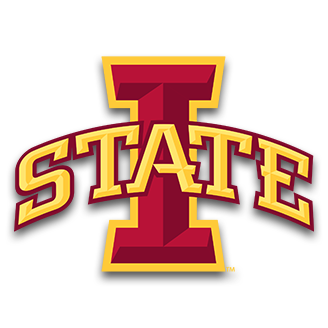Editorial: Trademarking is complex, but university must prioritize student-administrative dialogue

Iowa State’s Logo.
November 4, 2018
Cy, Clone, Cyclone, Cyclones, Iowa State, Iowa State University — all words that are institutional to the public university cushioned in Ames, Iowa, between fields of corn just off the intersection of I-30 and I-35.
For many students, there is a large sense of pride that comes with being a student at Iowa State. From the start, students are welcomed into a larger Cyclone family — a network woven together by faculty, staff and alumni.
Yet, Iowa State has made it clear this fall that the embrace extended to its student organizations — and the students who make up those clubs — cannot equally affiliate themselves with the university as in years’ past.
No longer can a student organization claim with pride that they are ISU through and through, but rather, they are through and through at ISU.
Beyond the name, student organizations are also limited to the design of their logos. Generic “campaniles, tornadoes, cyclones or cardinal-type birds” or any other graphic that “may be confusingly similar to an existing mark” is prohibited.
All of this has been a source of frustration for many Iowa State student organizations, or rather, student organizations at Iowa State.
On Thursday, presidents of student organizations came together with Student Government to voice their concerns over the implementation of the policy.
Many student organizations have already been required to change their names in the directory, but now the process has begun for clubs to have to redesign logos and organization materials that will have to be reprinted and redistributed, such as posters or t-shirts.
Per their requests, Student Government wants an apology from the university and an immediate block on the enforcement of the policy.
In the meantime, students have also been encouraged to wear trademarked clothing as an act of protest. Sending emails to university officials regarding the disdain for the new policy has also been advise.
As stated in previous editorials regarding the trademark policy, the responsibility now returns to the university to advocate for its students, and any semblance of inaction displays a lack of recognition and respect for both the Student Government and the students it represents.
Student organizations having to gather together to express their disdain for the policy — nearly three months after its implementation — only continues to highlight the lagging transparency by the university in relation to this issue.
This issue should not be handled behind the veil of closed doors and closed meetings.
While it is commendable that the administration has come to speak at Student Government meetings about the policy, it is not enough.
It should be on both the university and Student Government — as representatives of the students — to host an open forum with both parties to allow for an open and transparent dialogue.
This issue is complex. The university has a right to protect its name and its institution, but it should not come at the expense of Iowa State’s greatest investment — its students.















